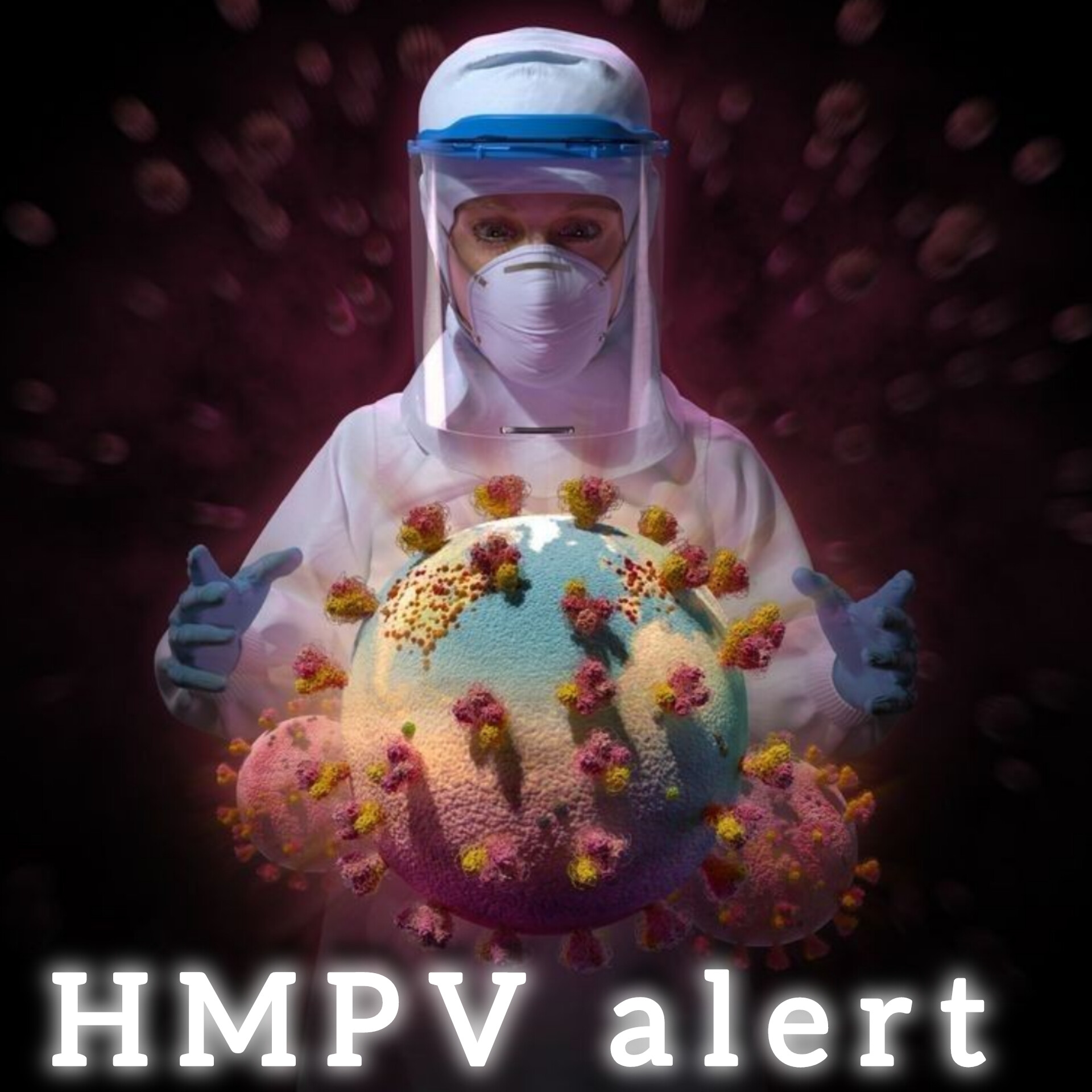HMPV Alert: CHINA new virus

HMPV Alert: Understanding the Respiratory Threat Spreading Across China While HMPV was first identified in 2001, its significance has grown as it has been linked to respiratory illnesses in both children and adults. HMPV Alert: CHINA new virus In China, as in other parts of the world, the virus has become an area of focus for public health officials, especially as its role in causing respiratory issues becomes more apparent.
In this blog, we’ll explore what HMPV is, its symptoms, how it spreads, its impact in China, and what the future might hold in terms of prevention and treatment.
What is HMPV (Human Metapneumovirus)?
https://youtu.be/uyxPAVf17R4?si=6WL2fVk5sJrI7BqN
Human Metapneumovirus (HMPV) is a viral pathogen that causes respiratory illnesses, particularly in young children, the elderly, and immunocompromised individuals. It belongs to the Paramyxoviridae family and is genetically related to the respiratory syncytial virus (RSV), which is another common cause of respiratory issues in young children.
HMPV can cause a wide range of symptoms, from mild upper respiratory tract infections to more severe lower respiratory conditions such as pneumonia or bronchitis. Although it often presents similarly to the flu or common cold, it can sometimes lead to serious complications, especially in vulnerable populations. HMPV Alert: CHINA new virus
Symptoms of HMPV
The symptoms of an HMPV infection typically appear 4-6 days after exposure to the virus. Common symptoms include:
- Cough
- Fever
- Runny nose
- Sore throat
- Wheezing
- Shortness of breath
In more severe cases, individuals may experience:
- Pneumonia
- Bronchiolitis (inflammation of the small airways in the lungs)
- Difficulty breathing requiring hospitalization
While most cases resolve on their own with supportive care, certain groups, such as young children, the elderly, and individuals with compromised immune systems, are at higher risk for complications and hospitalization.

HMPV and Its Impact in China
China, with its large population and rapidly urbanizing landscape, faces unique challenges in managing respiratory viruses like HMPV. Over the years, China has made significant progress in strengthening its healthcare infrastructure, but respiratory infections still contribute significantly to morbidity and mortality, particularly in winter months when viruses like HMPV are more prevalent.
Prevalence and Case Studies
HMPV cases have been reported in China, though the virus has historically been less well studied compared to other respiratory viruses such as influenza or COVID-19. Research shows that HMPV tends to circulate in seasonal patterns, with outbreaks commonly occurring in the fall and winter months. These outbreaks are often mistaken for influenza or RSV because the symptoms overlap.
In recent years, there has been an increase in awareness about the role of HMPV in respiratory illness. Studies conducted in various regions of China have suggested that the virus is a common cause of severe respiratory infections in children. For example, a study in Guangzhou indicated that HMPV was detected in 15-20% of children with acute respiratory infections, particularly those under the age of 5. The virus has also been identified in elderly patients, especially those with underlying chronic conditions such as asthma or heart disease.
The Role of HMPV in Hospitalizations
HMPV Alert: CHINA new virus
In China, many hospitals report cases of severe pneumonia in young children and the elderly during the colder months. While the majority of these cases are attributed to RSV, a significant portion is now understood to be due to HMPV. In recent studies, it has been noted that HMPV is responsible for a similar, if not higher, rate of hospitalization than RSV, particularly in children under five.

conclusion
While HMPV may not receive the same level of attention as other viruses like influenza or COVID-19, it remains an important cause of respiratory illness in China. As the virus continues to affect children, the elderly, and immunocompromised individuals, it is crucial for the Chinese healthcare system to continue research into vaccines, treatments, and effective public health strategies to reduce its impact.
In the meantime, public awareness and good hygiene practices remain essential in preventing the spread of HMPV and protecting vulnerable populations. As China’s research and healthcare systems continue to advance, the hope is that a comprehensive response to HMPV will help mitigate its impact in the years to come.







